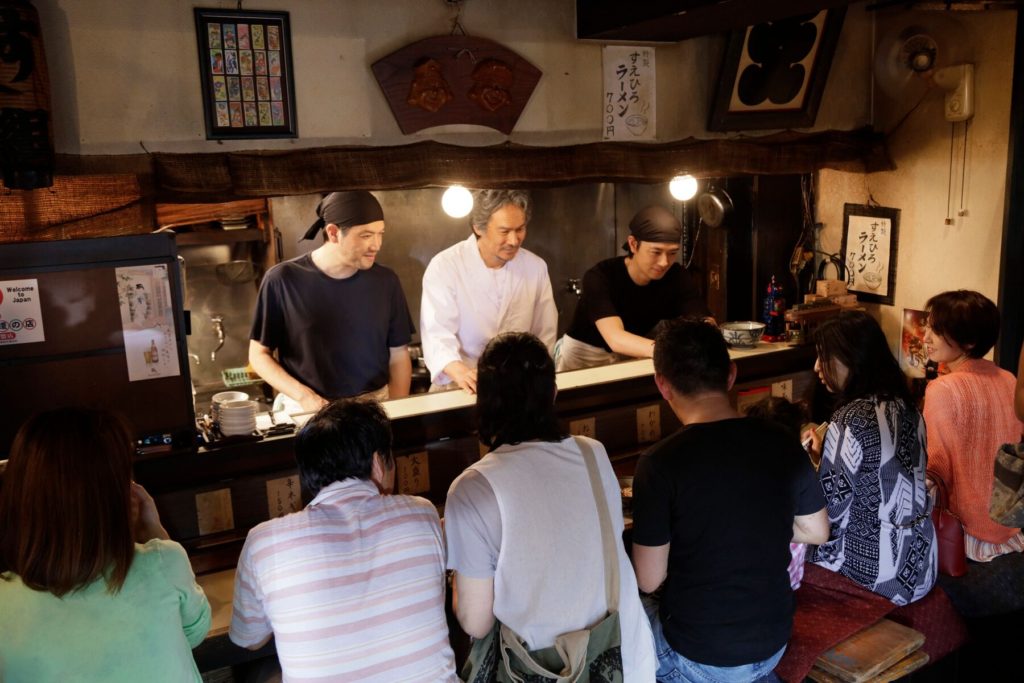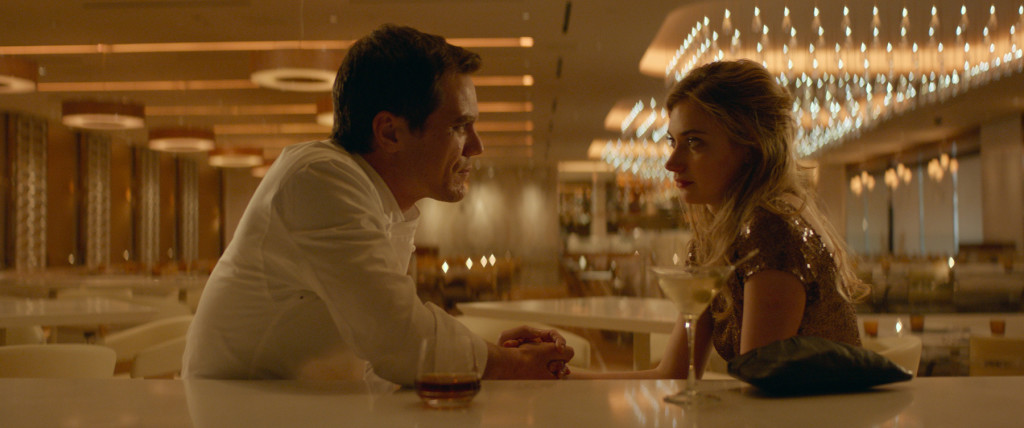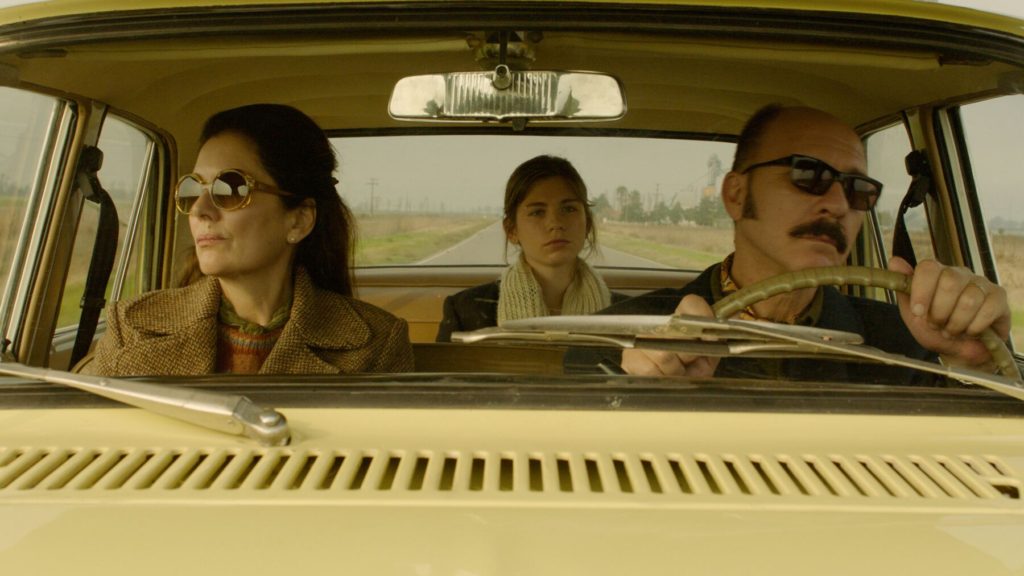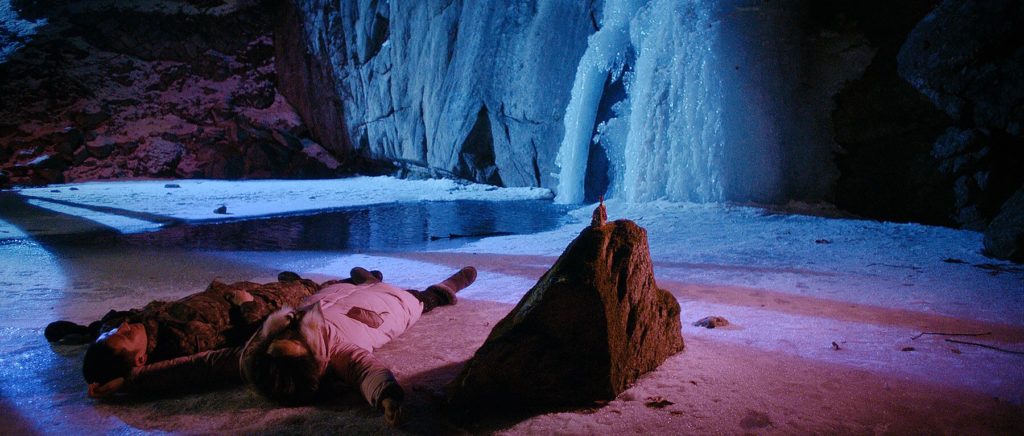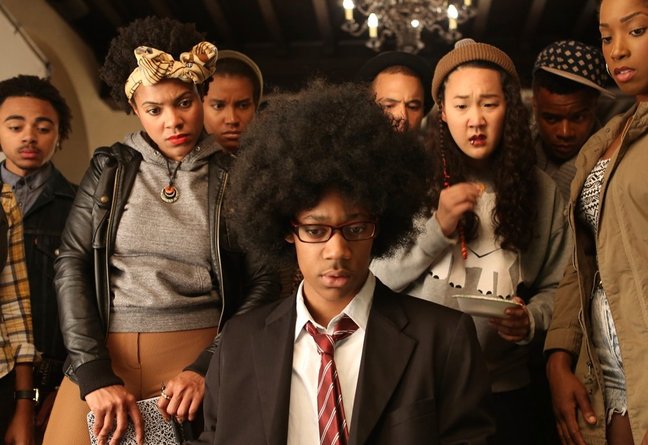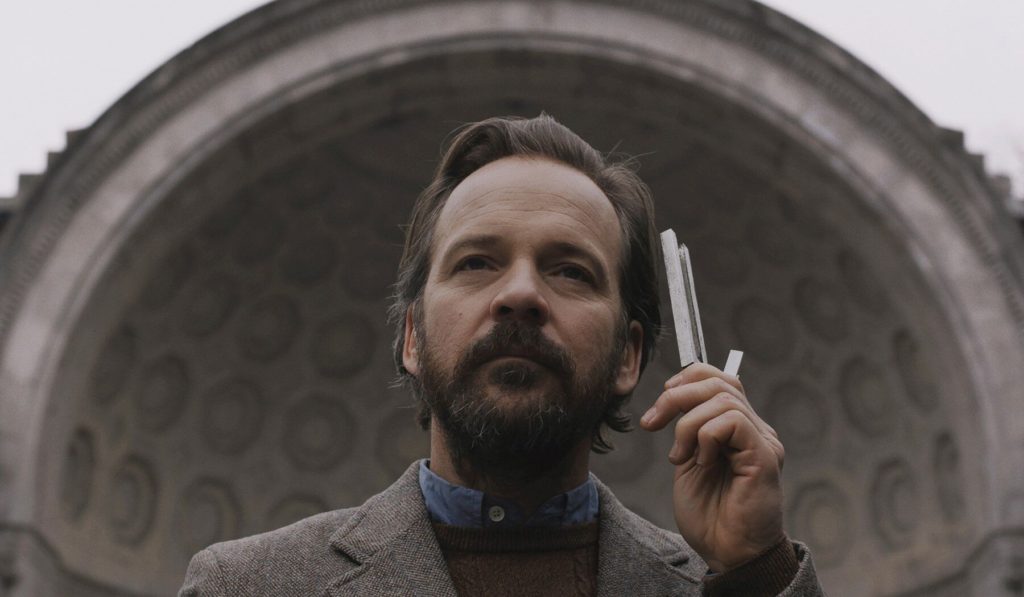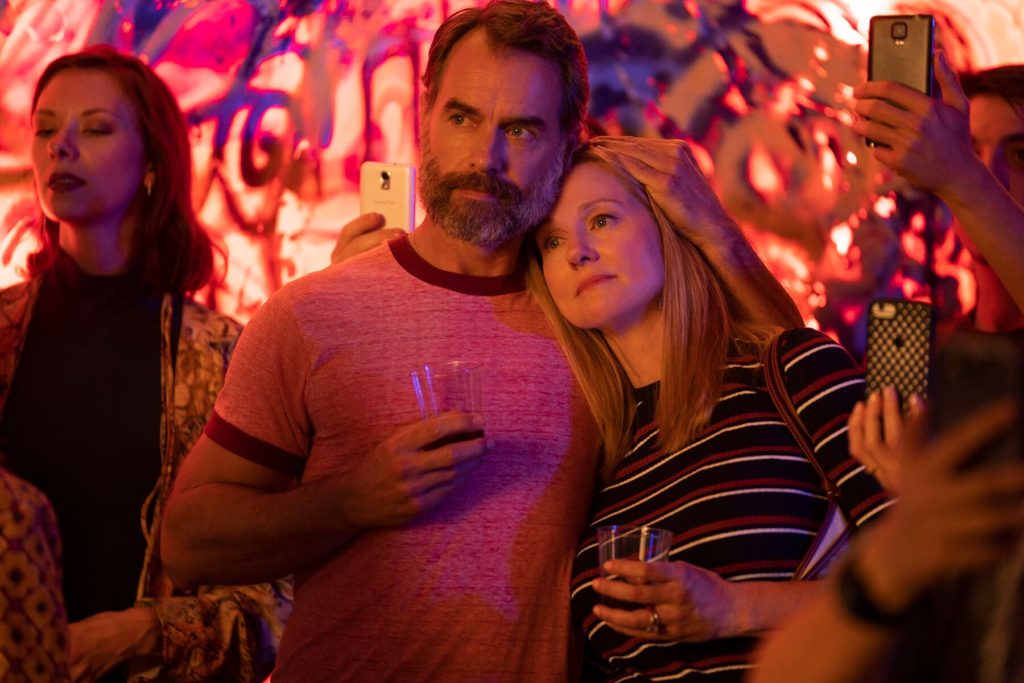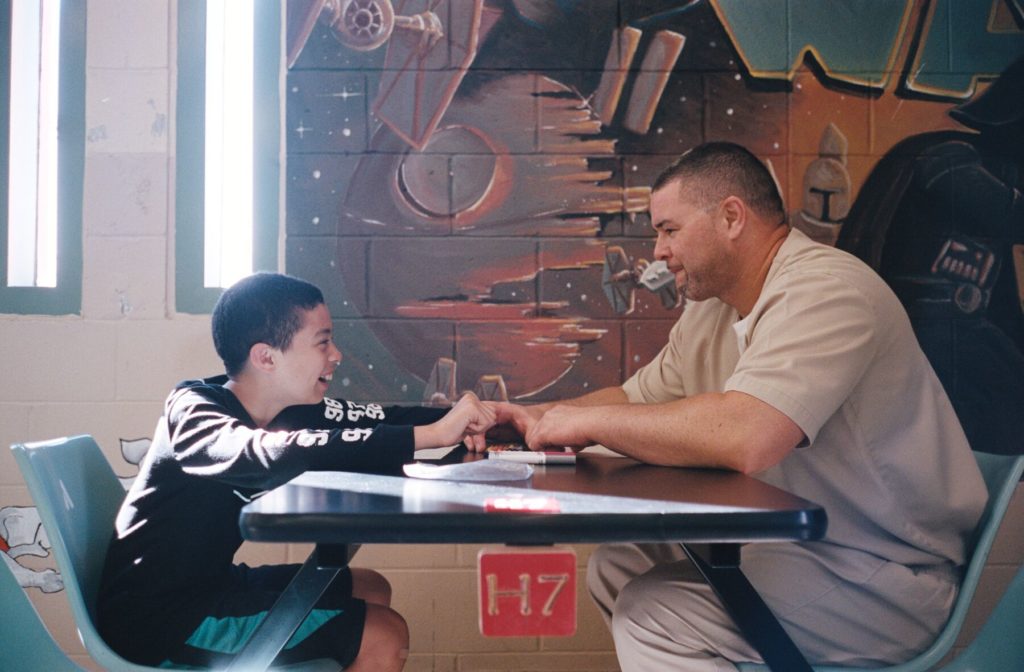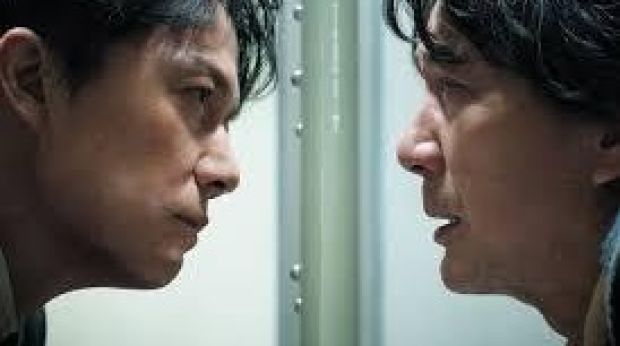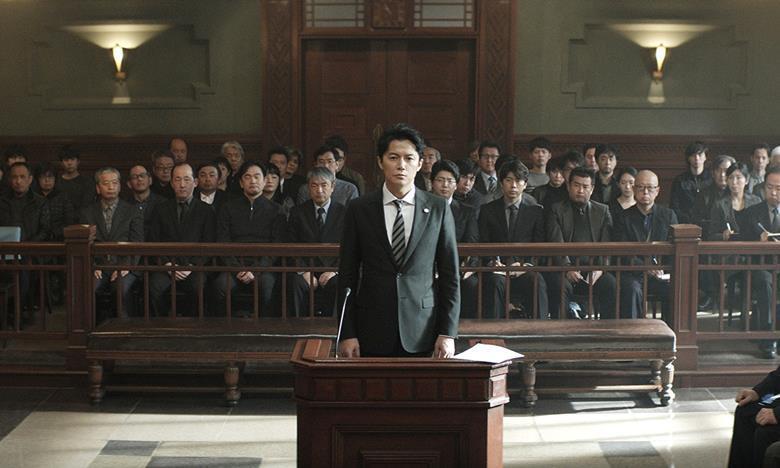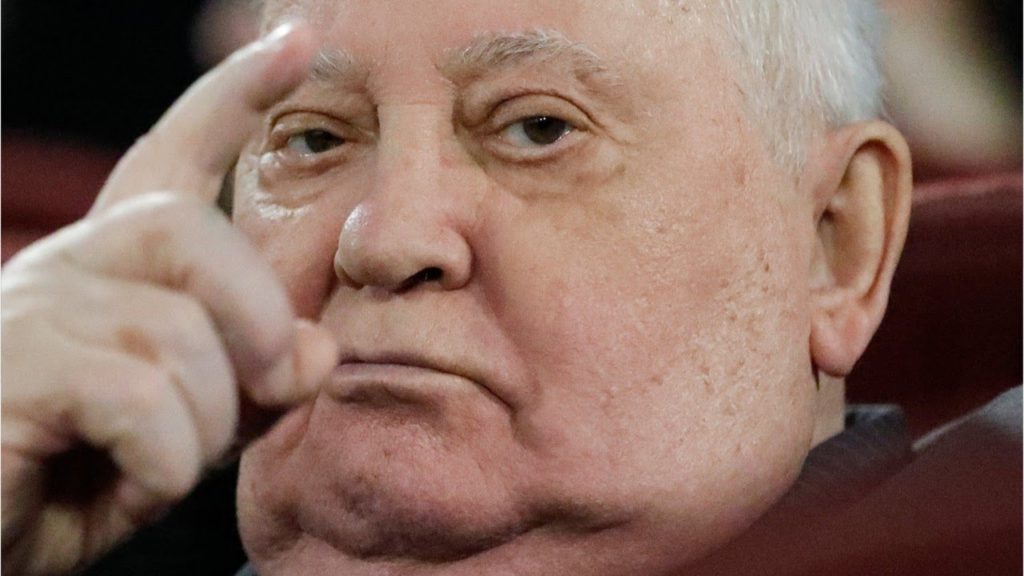
Meeting Gorbachev is Werner Herzog’s admiring biodoc of Mikhail Gorbachev, unquestionably one of the 20th century’s most pivotal figures. Herzog filmed three conversations with the then 87-year-old Gorbachev in 2018.
Gorbachev is revered in Germany – particularly by Werner Herzog – for allowing the peaceful, and startlingly quick, reunification of Germany. This biodoc is, to a fault, uncritical. At one point, Herzog even tells Gorbachev, “I love you”.
As the leader of the USSR, Gorbachev’s concepts of Perestroika and Glasnost transformed the political, economic and foreign policy of the Cold War superpower. More than any other individual, Gorbachev can claim credit for ending the Cold War, abolishing and destroying mid-range and short-range nuclear weapons, and the unchallenged independence of the Iron Curtain countries.
Gorbachev is also a tragic figure of Shakespearean proportions. He was intending to reform the USSR, not to destroy it. A coup by fossilized communists knocked him out of power but couldn’t be sustained, spinning out of control and leading to a chaos taken advantage of by the strong man Putin,.
Herzog’s film is excellent in its well-researched and well-told story of the rise of Gorbachev from a modest agricultural backwater – a talented achiever on the rise. Herzog’s irreverent sense of humors, as always, peeks through in the state funerals of Gorbachev’s predecessors, each more absurdly funny than the last.
The greatest gift of Meeting Gorbachev is, as the title suggests, is the unfiltered Gorbachev himself – now a grandfatherly raconteur. We get to appreciate his intellectual curiosity and his clarity of thought and direction. His charm and charisma, even at 87, help us understand how he rose to world leadership.
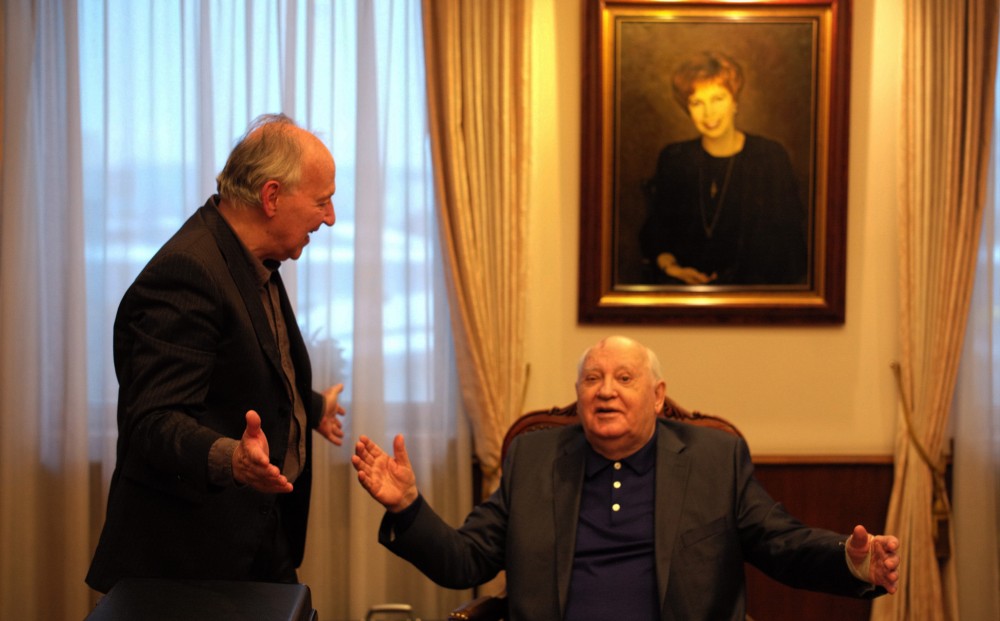
Herzog was a charismatic and innovative leader of German New Cinema. Between 1972 and 1982, he created the art house hits Aguirre:The Wrath of God, Strozek Nosferatu the Vampyre, and Fitzcarraldo.
In 1997, Herzog switched gears with the underrated documentary Little Dieter Needs to Fly and followed it with great docs like Grizzly Man and Encounters at the End of the World. Most remarkably, Herzog has also become one of the greatest narrators of English language documentaries; somehow, his German-accented narrations are hypnotic. (In 2007, Herzog slipped in Bad Lieutenant: Port of Call New Orleans with Nicholas Cage in the Klaus Kinski wild man role and cinema’s funniest iguana hallucination.)
Meeting Gorbachev played at the San Francisco International Film Festival (SFFILM). I saw Meeting Gorbachev at Silicon Valley’s Cinema Club.

